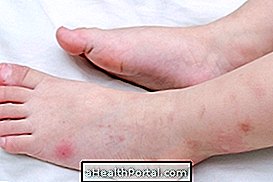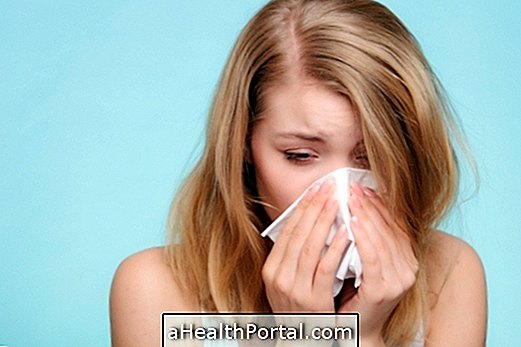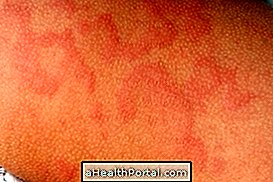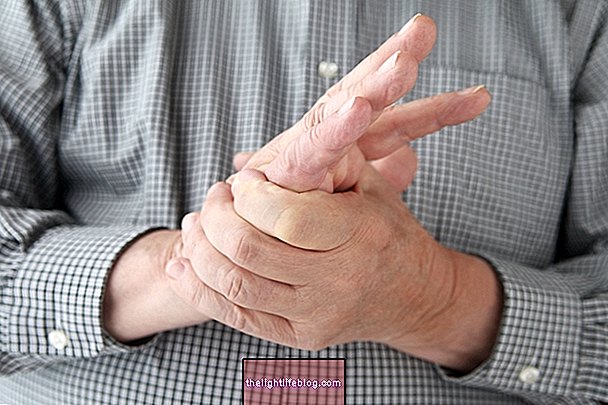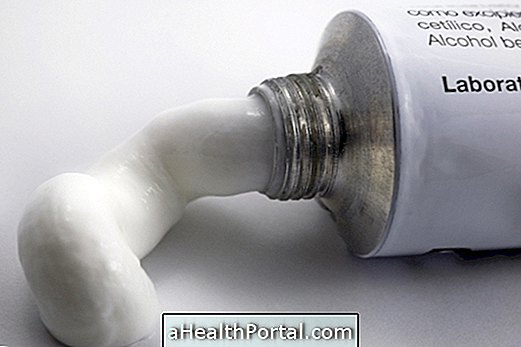Sun allergy is an inflammatory reaction that can occur in regions that are most exposed to the sun such as arms, hands, neckline and face, for example, causing symptoms such as redness, itching and white or reddish spots on the skin. Learn why this allergy arises in allergic reaction to the sun.
This allergy arises when there is exposure to the sun's rays and can be prevented or attenuated through the use of sunscreen to protect the skin. Generally, treatment of this type of allergy is done using antihistamines such as Allegra or Loratadine for example, which should be indicated by the dermatologist.
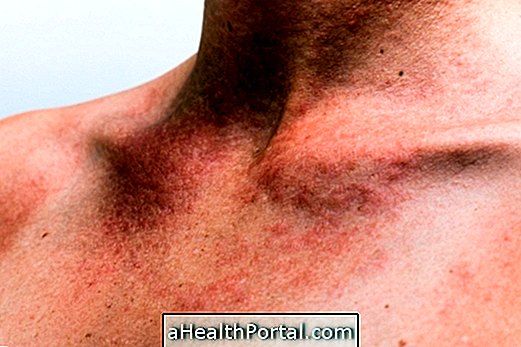
Main Symptoms Sense
Symptoms of sun allergy generally appear after sun exposure and generally include:
- Redness on the skin;
- Red blisters or patches on the skin;
- Itching;
- Irritation and tenderness in some regions of the skin;
- Burning sensation on the skin.
In some cases blisters may form with clear liquid inside them and these allergy symptoms are more common in people with fair skin or in treatment with medicines that cause sensitivity to sunlight such as Dipirone or Tetracycline.
How is the treatment done?
Treatment of sun allergy should be appropriate for the dermatologist according to the symptoms, usually using antihistamines such as Loratadine or Allegra, or corticosteroids, such as Betamethasone to relieve allergy symptoms.
In addition, when there is a lot of itching and redness on the skin may also be indicated the use of ointments or creams antihistamines, which help in the relief of symptoms.

How to protect the skin when there is allergy to the sun
Sun allergy is a problem that has no cure, but there are some tips that can help protect the skin and relieve symptoms, such as:
- Avoid prolonged sun exposure and go to places with lots of shade, spending as much time as possible outside the sun. See how to get the sun without risk in How to get sun without risks to Health.
- Avoid sun exposure in the hottest hours, between 10 am and 4 pm, because during this period the sun's rays are more intense;
- Always wear sunscreen before leaving the house;
- Wear clothing that protects against the sun's rays and wear a cap or wide-brimmed hat.
In addition, when allergy symptoms arise, taking a cold water bath to relieve itching and redness is also a great option as well as a little bit of Babosa moisturizing cream helps soothe the skin.

